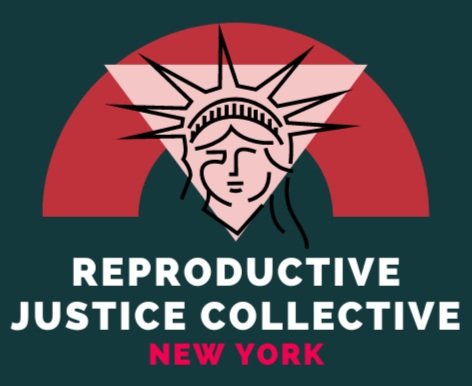What is Reproductive Justice?
From the SisterSong Website: Reproductive Justice is the human right to maintain personal bodily autonomy, have children, not have children, and parent the children we have in safe and sustainable communities.
Reproductive Justice vs Reproductive Rights:
Reproductive rights and institutionalized reproductive healthcare have a long history of white supremacist, classist, and transphobic violence. Reproductive justice was created in response to this systemic violence.
Reproductive Justice was created in 1994 by a group of Black Women who were dissatisfied with the ‘choice’ rhetoric rooted in individualism instead of the structural problems that create barriers for pregnant people.
Choice vs Access: (from the SisterSong website)
Reproductive rights are about the legality of abortion as an individual “choice”
While the legality of abortions and other procedures (?) is necessary, the rhetoric of choice does not encapsulate the structural barriers many people (especially low-income, POC, and other marginalized groups) face
Sister Song urges us to:
1) Analyze power systems
2) Address intersecting oppressions
3) Center the most marginalized
4) Join together across issues and identities
How can students do these things?
1) Who has access to menstrual products, Long-Acting Reversible Contraceptives (LARCs), Birth Control, Plan B, etc on campus? Who determines the access, and what type of access do people have?
2) Healthcare professionals on campus—are they versed in trans healthcare? Do students with disabilities have equal access?
3) Working with students on campus to address their reproductive health concerns -- do they have equal access?
4) Collaborating with student groups, particularly identity groups who face structural barriers to access. What are the steps to increase access?
